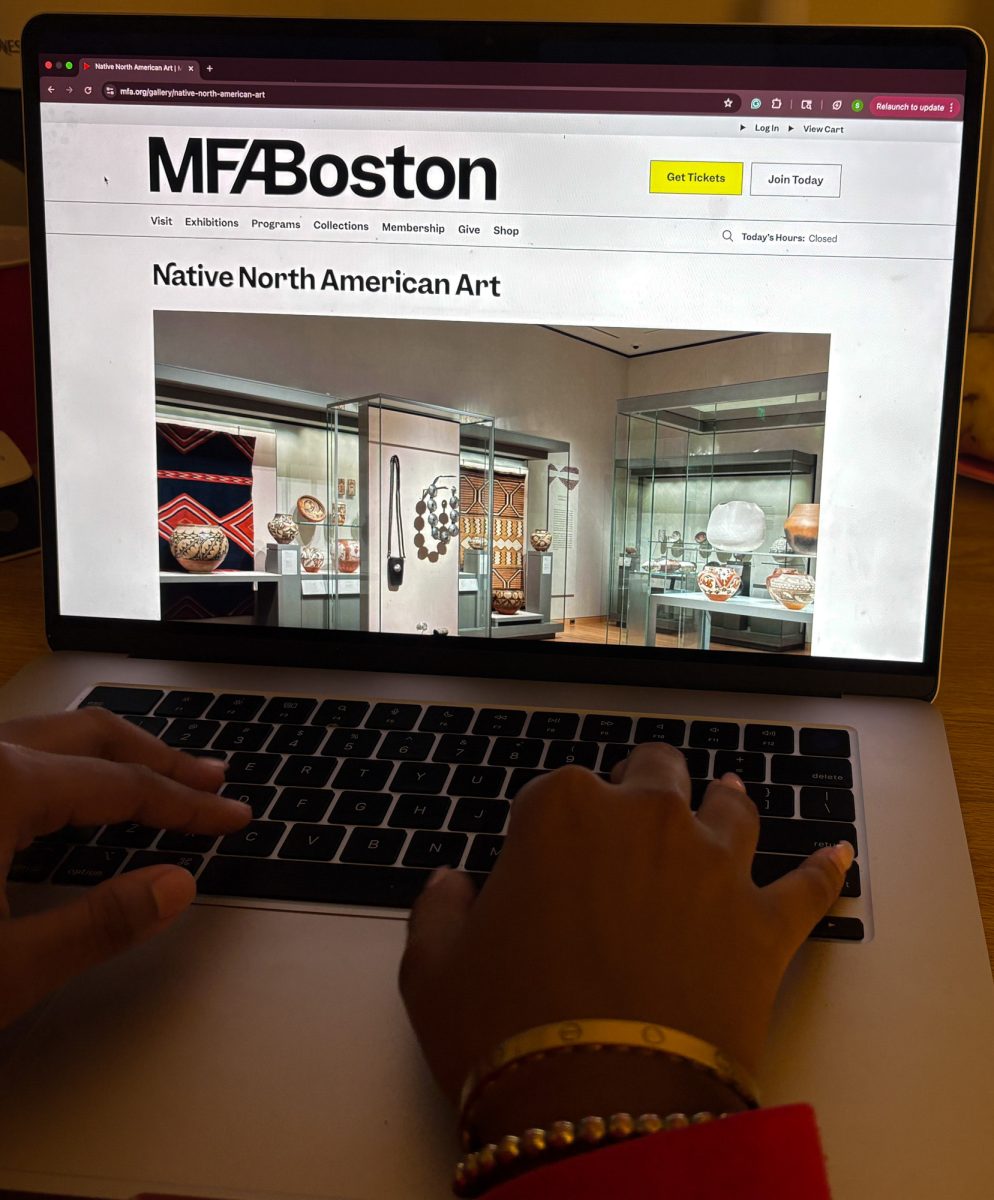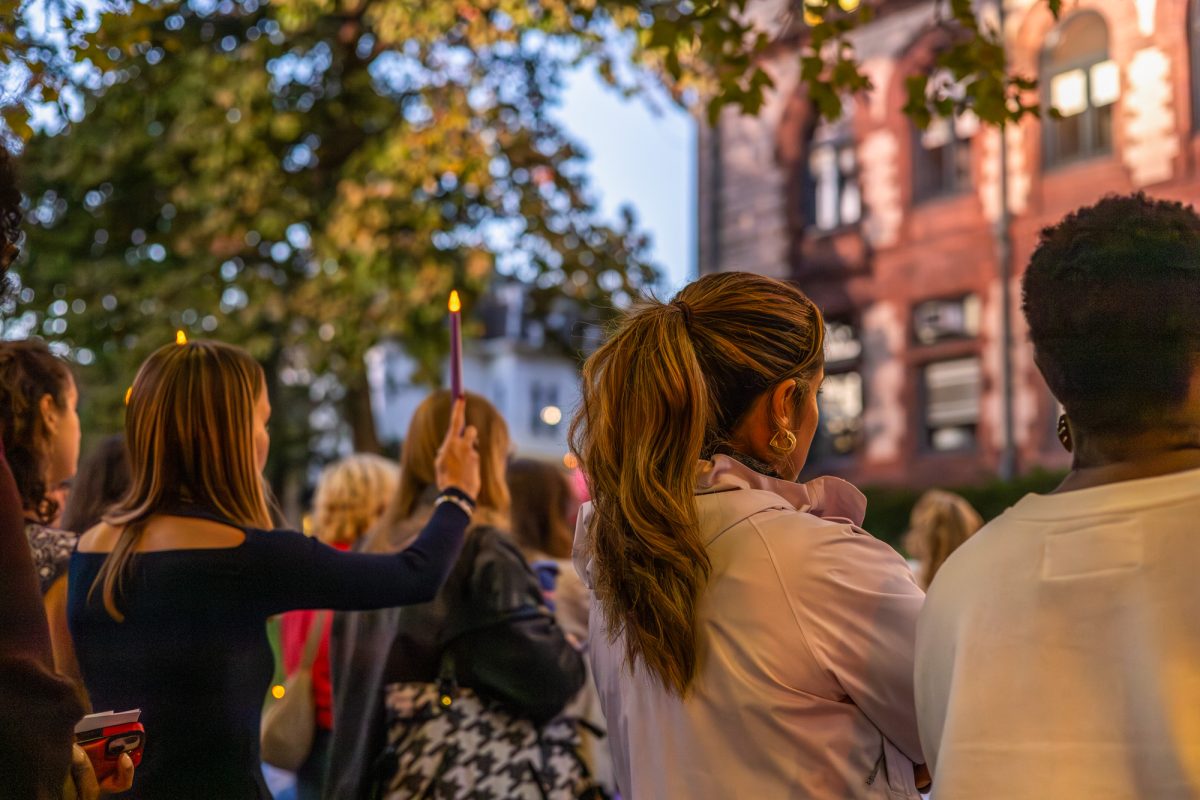While exploring the labyrinth of cobblestone pathways in Boston, the ancient buildings that line the streets can make one feel as though they have been transported back to a time when the Boston Common was still a functioning animal pasture and calling someone a "lobster-coat" was actually offensive.
This preserved architecture, part of what makes Boston so distinctive from other cities around the country, is the subject of a new tour that aims to prove that the city is impressive enough to be a worldwide architectural marvel.
The Charles River Architecture Tour &- a collaboration between Boston by Foot, the Boston Society of Architects and the Charles Riverboat Company &- began operation on Sept. 11 and runs until Oct. 17.
"We've never had [a riverboat tour] before. It really looks at Boston's architecture from a new perspective and gives people a new view to see how the city is put together," said
Mary Fichtner, executive director of Boston by Foot.
Boston's skyline is overlooked by some critics for the architecture of other cities like New York City and Chicago. Unlike these other metropolises, Boston lacks numerous towering skyscrapers that engulf its skylines, with exceptions such as the Prudential Center, the State Street tower and Hancock Place.
Instead, the city is home to a plethora of historical sites.
Architecture in the Boston area is so distinctive "because of its age, but also because architectural sites have long been celebrated, encouraging the state to maintain the inherent character of these places," said professor Keith Morgan, the director of Architectural Studies at Boston University.
Boston architecture consists of many different styles, including "colonial, federal, Victorian, art-deco and modern," said Sarah Kelly, executive director of the Boston Preservation Alliance.
"Boston is known throughout the world for its multiple layers of historical periods represented from the 17th century to the 21st century, which the Preservation Alliance has done a great job of conserving areas," Kelly said.
This variety is apparent in areas such as the historic North End, and in the form of buildings such as Paul Revere's house, a colonial-style building constructed in 1680; the federal-style Faneuil Hall, which was reconstructed in 1762 and the Victorian-style Boston Public Library, built in 1895.
These structures indicate that Boston is not only a melting pot of people, but of architecture, said experts.
Bill Craig, director of conventions and business development at the Boston Society of Architects, explained that Boston is not only unique because of the city's history, but because "contemporary architecture is constantly constructed in response to historical architecture."
College campuses along the Charles River are prime examples of this.
Harvard University, for example, is mainly composed of classically styled buildings, such as the Widener Memorial Library.
However, One Western Avenue, the futuristic new apartment complex for graduate students, challenges the traditional feel of the campus.
At its birth, the building's "stark contrast to the rest of the grounds created a very negative reaction," Craig said.
The Harvard Crimson even attacked the structure in an 2003 article called "Snap, Yo' Momma's Uglier than One Western Avenue."
The various styles of buildings throughout Boston reveal the constant desire for architects to update or restore buildings around the area.
The Boston Public Library McKim Building, a landmark that looks to some as if it had come out of ancient Rome, needs continuous attention to prevent further decay that has resulted from its many years of withstanding weather conditions in New England. Work on the library has been in progress since 1980.
Tour tries to show Boston skyline more than just the Pru
By Daily Free Press Admin
•
September 16, 2010
0
Donate to The Daily Free Press
Your donation will support the student journalists of Boston University. Your contribution will allow us to purchase equipment and cover our annual website hosting costs.
More to Discover


















































































































